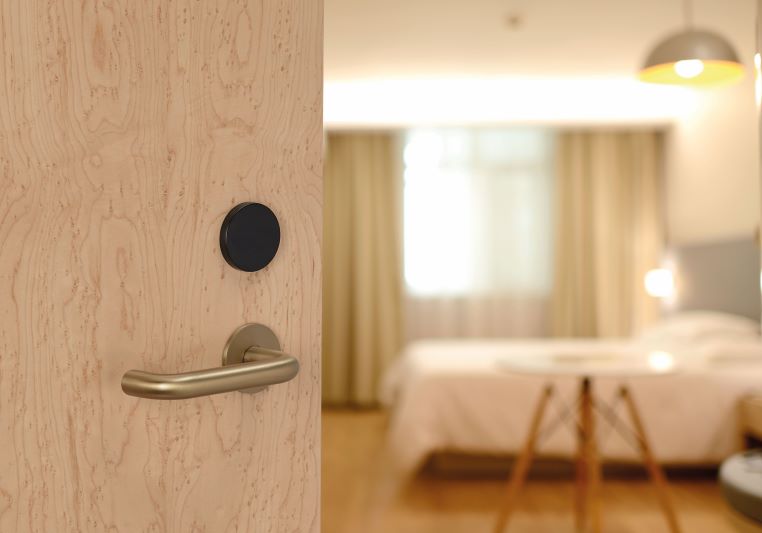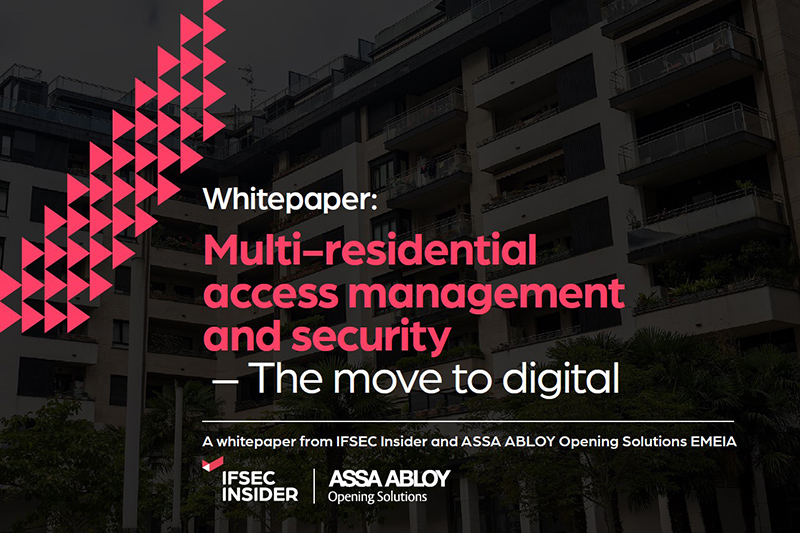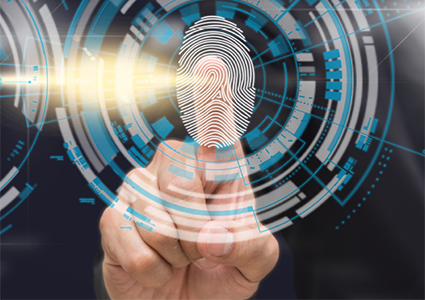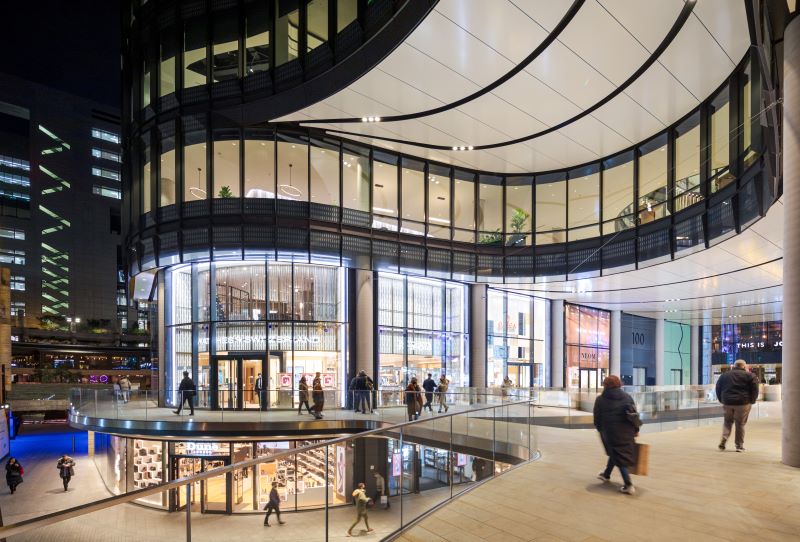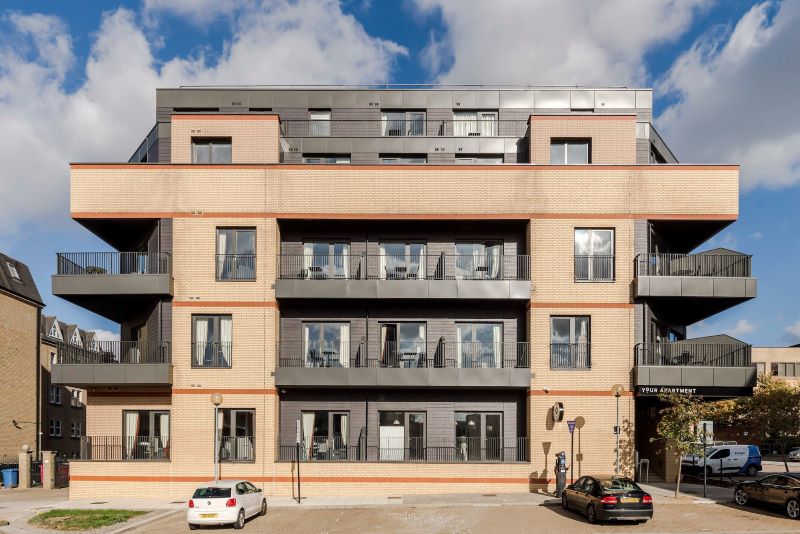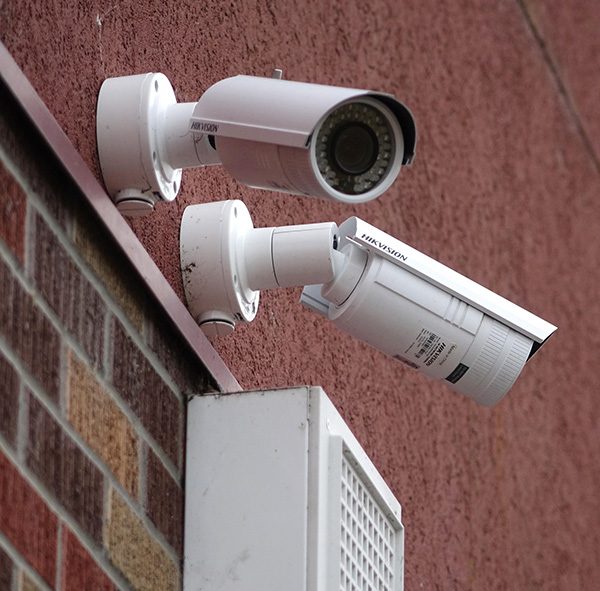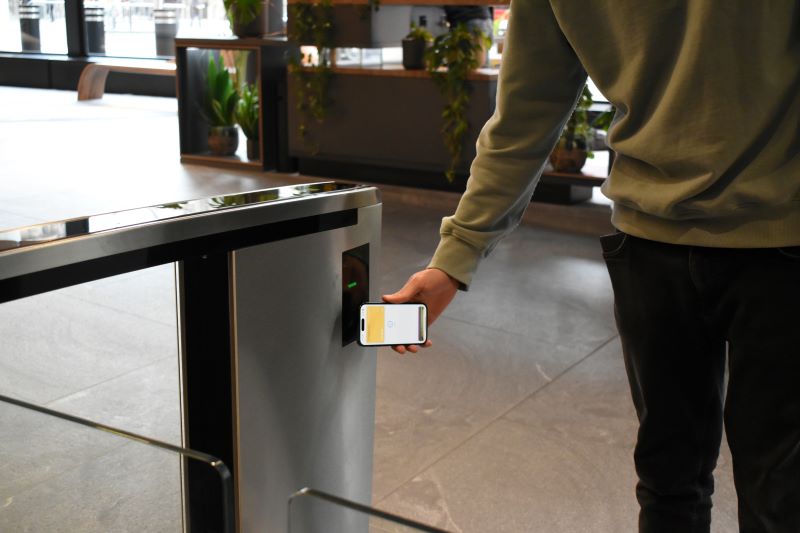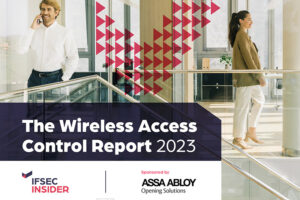Access control systems have come a long way from the traditional mechanical lock and key. There is greater demand than ever for convenient solutions to enter and exit buildings and facilities from users, and to manage and issue credentials from administrators – is mobile access control the answer?
Here, we provide a guide to mobile access control, which is one of the fastest growing methods of secure access provision, according to industry analysts such as Omdia.
What is ‘mobile access control’?
Mobile access control is a method of providing people with authorised access into a site, building or room via a digital credential on a smartphone or other wearable technology.
The ‘mobile’ part of this access control allows users to use their smartphones for entry instead of a traditional key, badge, access card or fob.
The solution works through a downloadable mobile app, which would then act as a ‘virtual key’ providing access.
In many cases, mobile access control is powered by Bluetooth, where the phone communicates with a mobile-capable reader on a gate, door or barrier. Other methods include using Wi-Fi and Near Field Communication (NFC) for the electronic devices within a specific distance apart.
Currently the majority of access control, according to IFSEC Insider’s 2022 State of Physical Access Control Report, is used through identification badges (ID) with 60% of the market adopting this. Following this, 50% use time and attendance as a way to track check in and out of employees and 49% use parking/gate control.
Though mobile access control is a relatively new type of technology used by a smaller number of organisations, the report showed that there was significant uptake of it in the marketplace, with 32% of respondents saying they were actively using mobile IDs.
In addition, the data from the report highlighted that there has been a growth in demand for mobile access control systems. In 2020, 16% of the industry had already upgraded to mobile capable readers – in 2022 this rose to 24%, while 42% of industry professionals are still planning to upgrade.
The top day-to-day challenge for security professionals, cited in the report, was as improving user convenience with systems, and 43% would like to make the administration of physical access control easier.
In an ever-advancing technological landscape, the ease of use for a mobile device providing entry is often perceived to be a more convenient way to control access instead of a separate physical card, but it also can be seen to align with many company objectives of sustainability, cost-saving and heightened security.

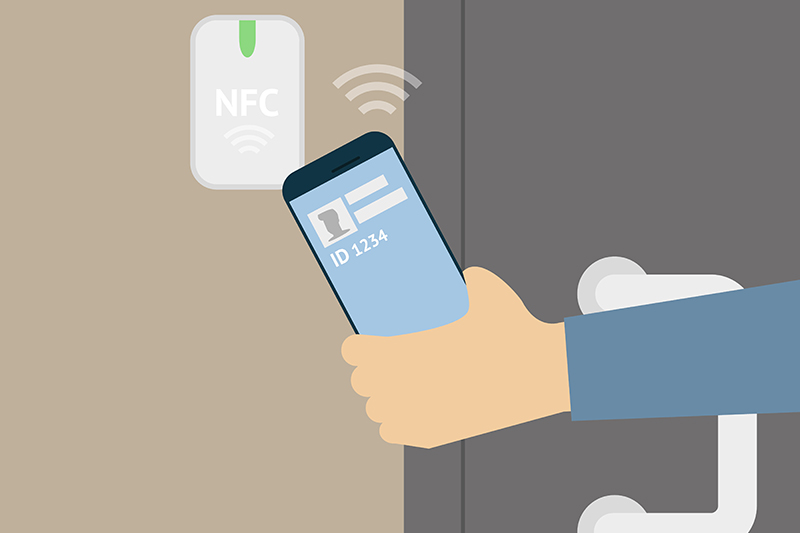
 An expert on the access control and smart lock industry, Lee Odess said that while the industry has been characterised by the words ‘no and slow’ when it comes to adopting new technology, this is no longer the case.
An expert on the access control and smart lock industry, Lee Odess said that while the industry has been characterised by the words ‘no and slow’ when it comes to adopting new technology, this is no longer the case.
 Initial cost
Initial cost